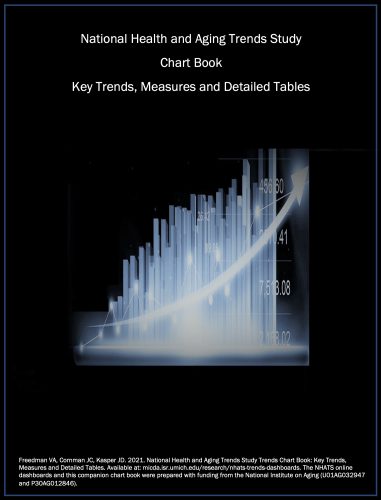Finding
Disability rates are down among older Americans, and more are managing daily life on their own with devices. But racial and ethnic gaps persist.
Conducted annually, the National Health and Aging Trends Study (NHATS), collects information on the functional ability of older Medicare recipients, aiming to guide efforts to improve quality of life. Many NHATs findings are now available in new interactive dashboards and a companion chartbook, allowing users to dig into the data by demographic subgroup and create a custom picture of how the lives of older Americans—a rapidly growing segment of the population—are changing. Their creators include Vicki A. Freedman (Michigan), Jennifer C. Cornman, and Judith D. Kasper (Hopkins).
“Older adults in the United States are functioning better on their own and a shrinking share are living in nursing homes and assisted living settings than a decade ago, new data show.
Disability is down, as a smaller percentage of older adults receive help with daily activities and a larger share manage independently with home modifications and devices, according to 10 years of data from the National Health and Aging Trends Study (NHATS). The physical, sensory, and cognitive capacities of older adults, particularly women, are improving. And older adults are online more than ever before: They are more than twice as likely to use text or email than in 2011.
Despite these encouraging trends, NHATS data also reveal persistent racial and ethnic disparities among older adults, particularly in their ability to carry out daily tasks without help and modify their homes to meet their needs. The data also show that older adults were far less likely to participate in activities they value during the COVID pandemic than in previous years.”
This is an excerpt from the PRB article, An Improved State of Aging in America, by Paola Scommegna.


